The 5 Best Base Layers For Hiking in 2021: The Ultimate Base Layer Buying Guide
Base Layers That Keep You Warm and Dry No Matter The Weather
Don’t have time to read it now? Save it for later!
P.S This article includes affiliate links which means I get a small commission if you make a purchase (at no extra cost for you!)
It can be hard to know what the best base layer for hiking will be, it differs depending on the season, type of environment you are in and personal preference.
A good base layer will keep you warm and dry, while also allowing for breathability and odor resistance.
There are many base layers on the market, making it difficult to know which one to buy for different situations.
Working at a mountaineering and hiking gear shop I have come across many base layers and have developed a personal affinity for a select few. This list comes from listening to customers, fellow coworkers and my own personal experiences.
Best Base Layers for 2021
#1: Smartwool Merino 150 Base Layer– 1/4 Zip Top: Best All Around Base Layer
Materials: 87% Merino 13% Nylon
Style: 1/4 Zip
Fit: Slim
Category: Light Weight
Weight: 5.9 oz
Price: $90
This base layer is perfect for those high level activities! You can use it as your sole layer for spring hiking or as a base layer on an intense snowshoe or climb!
I would personally choose this layer for almost any activity! I wear mine during the nights on summer backpacking trips, on cool spring or fall days, or summer days in the alpine when the weather can turn quickly!
Seeing as it is made mostly out of merino wool it is inherently warm and naturally resistant to odor. The nylon adds a bit of nice stretch and flexibility to the shirt and keeps it light.
This shirt is highly breathable allowing for wonderful temperature regulation when you are working hard and your body temp raises. When you slow down though, the wool is thick enough to keep you warm.
My favorite part about this base layer is that it’s a quarter zip! Personally, I love using quarter zip base layers as I feel I can regulate my temperature a bit more and it looks cute as a layer on it’s own.
#2: SmartWool Merino 250 Baselayer Crew: Best Base Layer for Cold Weather
Materials: 100% Merino Wool
Style: Crew-neck
Fit: Slim
Category: Mid-weight
Weight: 7 oz
Price: $100
This base layer is perfect for those cold winter activities, from snowshoeing at Rainier to hanging out around the campfire.
I would choose this base layer for cold winter days, and high alpine mountaineering when I know I will need an extra layer of warmth.
Since it is completely made of Merino Wool it is highly breathable, inherently warm and naturally resistant to odor. The materials will keep you insulated even if it gets wet and is thick enough to trap enough heat to keep you warm on even the coldest of days.
The slim fit, crew neck style of the base layer will fit comfortably under any other layers!
#3: Patagonia Capilene Midweight Zip-Neck Top: Best Synthetic Base Layer for Hiking
Materials: 100% Recycled Polyester
Style: 1/4 zip Mock Neck
Fit: Slim
Category: Midweight
Weight: 6 oz
Price: $69
This synthetic base layer works perfectly as an outer layer on it’s own or as a base layer! From hiking in the fall and winter to chilly summer nights backpacking in the alpine this base layer is perfect year round!
I would personally choose this top if I wanted to save a bit of money and have a layer that works wonderfully on it’s own!
Since it is made completely of recycled polyester it is light weight and fast drying! Patagonia has also treated this fabric so that it is odor resistant- great for those long backpacks. The synthetic fabric also allows it to have a high durability factor– making you sure it won’t rip easily when wearing it on it’s own.
The mock neck style of the shirt keeps your neck warm while zipped up and allows you to easily cool down when zipped down.
The shirt also features elastic thumb loops, and flexible shoulders and arms!
#4: Lululemon Swiftly Tech Racerback 2.0: Best Lightweight Base Layer for Warm Weather
Materials: 54% Nylon,40% Recycled polyester,3% Elastane,3% X-static® nylon
Style: Racerback Tank Top
Fit: Slim
Category: Lightweight
Price: $58
This Lululemon Swiftly Tech Racerback 2.0 base layer tank is perfect for those warmer days on the trail! Summer backpacking here we come!
Since it is made of polyester and nylon it is highly flexible, ultra light, easily wicks away water and dries quickly! The fabric also has Silverescent™ technology which will inhibit the growth of odor causing bacteria, allowing you to smell good no matter if you have been on the trail one day or five.
The slim fit is really flattering and it is made with minimal seams for less chafing.
I personally wear this tank for everything from working out to summer days on the trail. I love mine and have worn it countless times over the last two years, I couldn’t recommend more!
Click the link here to buy it online!
#5: NRS Women’s H2Core Silkweight Hoodie: The Best Sun Shirt!
Materials: 92% Polyester 8% Spandex Blend
Style: Hoodie
Fit: Slim
Category: Lightweight
Weight: 9 oz
Price: $59.95
UPF Rating: 50+
Who better to buy a sunshirt from than a company that specializes in making clothes for people who are on the water all day? These shirts are made to protect those who are out in the sun day in and day out!
When you don’t want to slather on the sunscreen a sun shirt is a wonderful option! Personally I would get this shirt for summer days out on exposed rock (boulder fields, up on alpine climbs, even on glaciers) when I want to make sure I am protected from the harsh rays of the sun!
The synthetic blend of polyester and spandex makes this shirt flexible and quick drying. The fabric is made to specifically wick away moisture and keep your body temperature in the correct zone.
The fit of the shirt- a comfy hoodie, allows for protection for customization, while thumb loops help you keep your hands out of the sun as well!
Materials: 83% Merino Wool, 12% Nylon, 5% Lycra
Style: Hipster Bikini
Category: Light Weight
Price: $35
One of those layers I almost never think about is my undergarments. I have only recently acquired a pair of these but let me tell you, they are amazing!
The merino wool is warm and stays warm when it gets wet- if you have ever gotten stuck out in a rainstorm you know that when the layers that are closest to the most intimate parts of your body are sopping wet and cold things become miserable quite quickly.
These underwear are also odor resistant and breathable making them wonderful for long summer backpacking trips or days out on the trail!
The Ultimate Base Layer Buying Guide:
First Step: Decide on Your Material!
Merino Wool:
Merino wool is one of the most popular materials used on base layers. It is breathable and quick drying while also retaining and generating heat.
One of the most amazing things about merino wool is that even while wet, merino wool is still able to keep your body temperature warm.
This is much unlike other materials, such as cotton, which completely lose all heat retention when they come into contact with water.
Merino wool base layers also have natural, antibacterial properties which allows them to stay odorless for much longer than other materials.
Polyester:
Synthetic base layers make great lightweight base layers. They are lighter than merino wool and faster drying. The downside of polyester is it isn’t quite as inherently warm as wool and does not have odorless qualities.
Because of this base layers are normally treated so that they are resistant to bacteria- over time this can easily diminish in strength.
Synthetic base layers can make wonderful base layers for the summer, especially as sun protection! They are super light weight and many of them are treated and have a UPF rating.
They also tend to be cheaper than merino wool- always a plus!
Blend:
These days there isn’t such a thing as one or the other. Brands have begun experimenting with combining the warmth of merino wool with the durability of polyester. These pieces tend to be more expensive than either material is on their own.
Blended materials makes a wonderful option for the high end consumer who wants the most technicality out of their gear.
Important Things to Look For In Each Material:
Warmth
Warmth is one of the most important qualities in a base layer, if this is what you are most worried about, merino wool is going to be your best bet.
Merino wool allows for the best warmth to weight ratio.
Not only that but it allows for the best breath-ability of any of the materials and can help to regulate your body temperature.
When looking at warmth you will want to make sure you understand the insulation levels (discussed below) as well as the wind resistance of the materials.
Breath-ability
Breath-ability is another one of the top qualities in a base layer!
The level of breath-ability allows your top to regulate your temperature correctly.
When doing a high level activity such as climbing or intense hiking it may be worth it to spend more on a highly breathable base layer so that you are not drenched in sweat by the end of it!
The best fabric for this is merino wool, it is able to keep you warm and regulate your body temperature in an amazing way!
Durability
When you are getting out each weekend clothes can wear out fast. If you want something that will last more than a couple seasons you may want to opt for a synthetic fabric such as polyester.
While merino wool is wonderful for warmth and breath-ability it tends to rip easier and develop smaller holes.
Synthetic fabrics are inherently stronger than wool and can withstand being scraped against rocks or stretched more than wool.
If you tend to wear your base layer as your outer layer often you may want to opt for the synthetic options.
Odor
Multiple day backpacking trips don’t always need to equal gross and smelly clothing! Merino wool is excellent at wicking away sweat and is naturally resistant to bacteria growth.
If you don’t want to carry extra clothes on your trip but still want to stay relatively hygienic, merino wool base layers are the way to go!
Second Step: Decide On The Insulation Level!
Lightweight
Lightweight base layers are your go to when you are looking for a high level of breathability.
This will be the least insulating base layer weight and will be great for warm weather and high intensity activities such as scrambling, steep hiking and trail running.
While merino wool does a great job of being breathable and warm, it loses durability the thinner it gets. For this reason, many of the lightweight base layers are made up of synthetic materials.
Midweight
Midweight base layers are considered the best all around base layers.
In the shoulder seasons (Spring and Fall) they can be used as a great outer layer for hiking and a wonderful base layer in winter conditions.
Midweight base layers won’t be nearly as breathable as a lightweight layer and thus may be too hot when used on high intensity activities, although, it would be perfect for the casual snowshoe.
Heavyweight
A heavyweight base layer will be mainly used for activities in which you will be relatively sedentary or in very cold winter environments.
The thickness of the materials inhibits the breathability of the material and makes it easy to overheat when doing activities.
I think this would be a great winter camping base layer to throw on once you hit camp or a great option for frigid winter mountaineering.
Third Step: Decide on The Base Layer Style You Want!
Crewneck
Crew Neck base layers are by far the most popular style.
They are clean looking and don’t have any uncomfortable seams or zippers to get in your way.
The downside of a crewneck is you can’t adjust it in anyway.
¼ Zip or ½ Zip
Zip crewnecks come with a bit more options to customize to your liking.
I personally like ¼ zips the best as they allow you to unzip when you are hiking hard and zip up quickly when you come to a breaking point.
To some the zipper can be uncomfortable on the skin but I have never had a problem with it.
Fourth Step: Make Sure to Look At All The Base Layer Features!
Hood
A hood can be extremely helpful in many situations.
Sometimes it is used for extra warmth, other times it becomes protection from the harsh sun.
Hikers can especially benefit from a hood when they are traversing exposed environments such as hot boulder fields.
Thumb Loops
Thumb loops are one of those things you don’t truly appreciate until you experience them.
When you are wearing your base layer underneath other layers it can help to keep the sleeves down when layering up.
We all have experienced that annoying instance where you pull a sweatshirt on and your long sleeve is stuck, crunched up at your elbow, this helps prevent that.
When the base layer is used alone they can come in handy to keep the sleeves in place, helping with protection from the sun or warmth.
Pockets
Self explanatory really, who doesn’t love pockets?!
Pockets come in handy when you plan on using the base layer as your main layer- having zip pockets can be wonderful for keeping your phone, or even better, snacks in.
UPF Rating
UPF rating can be a really wonderful advantage to a base layer.
Instead of slathering on a ton of sunscreen you can simply throw one of these shirts on and be protected.
These shirts become really helpful when you are hiking in exposed environments or on the river or coast all day.
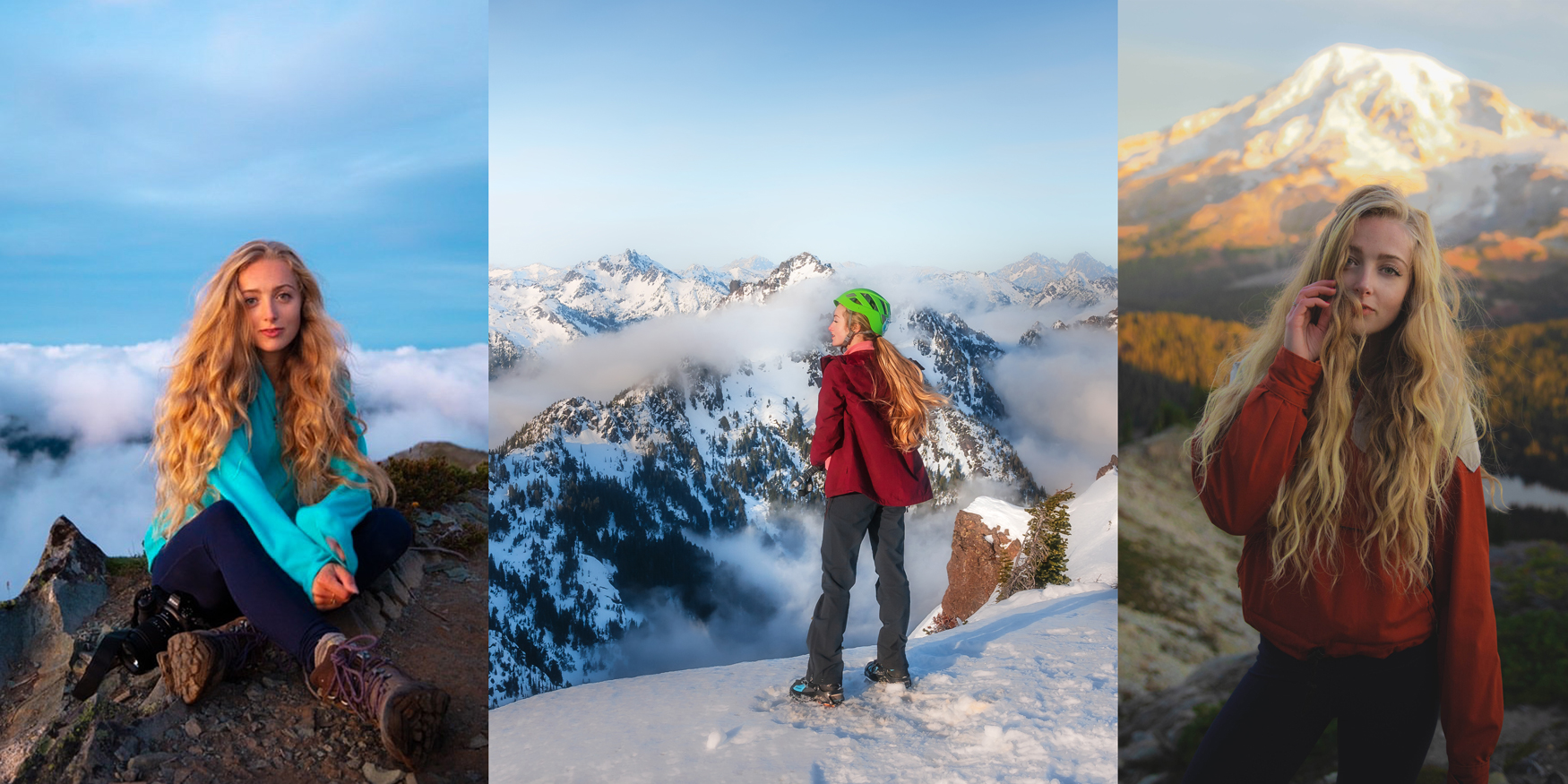
Fifth Step: Think of The Base Layer As A Part Of The Layering System
A base layer is going to be best used when it becomes a part of an entire system.
When paired with the other elements of your layering system it becomes possible to keep yourself comfortable no matter the situation.
Read More: “Layering For Hiking- The Ultimate Guide To Layering Systems That Will Keep You Warm!”
Base Layer
As we know now, your base layer is going to be that first layer of clothing you put on.
Its purpose is not only to keep you warm but to wick away sweat and allow for breath-ability.
Mid Layer
Your mid-layers are what allow for true customization.
They allow you to easily layer up and layer down depending on the weather.
Fleeces, soft shells and puffy make up the mid-layer options. These options are what make up the largest part of your insulation and you can pick different selections of layers depending on the specific activity you will be doing.
Outer Layer
Your outer layer is what protects the rest of your layers from the environment.
Normally this will be water-resistant, wind-resistant, and breathable.
This layer allows you to stay dry when confronted with rain or snow.
These range from lightweight rain jackets to ski jackets with a hard shell jacket sitting right in the middle.
Pin it for later!
Recent Posts
Shop With Me on Etsy! Click A Photo Below!
Join Me on Instagram!


Want More?
Your Ultimate Guide To The Telluride Via Ferrata
Test your limits on the Telluride Via Ferrata! This guide goes over everything you need to know before heading out on this amazing route!
Grand Tetons In The Fall: The Ultimate Guide!
The Grand Tetons In The Fall are an absolutely amazing place to be. Discover all of the best things to do, where to stay and what to see!
Kalalau Trail Kauai: Your Ultimate Guide To Backpacking The Napali Coast
Backpacking the Napali Coast in Kauai, Hawaii is an amazing adventure! This guide shares everything you need to know to navigate the trail safely.










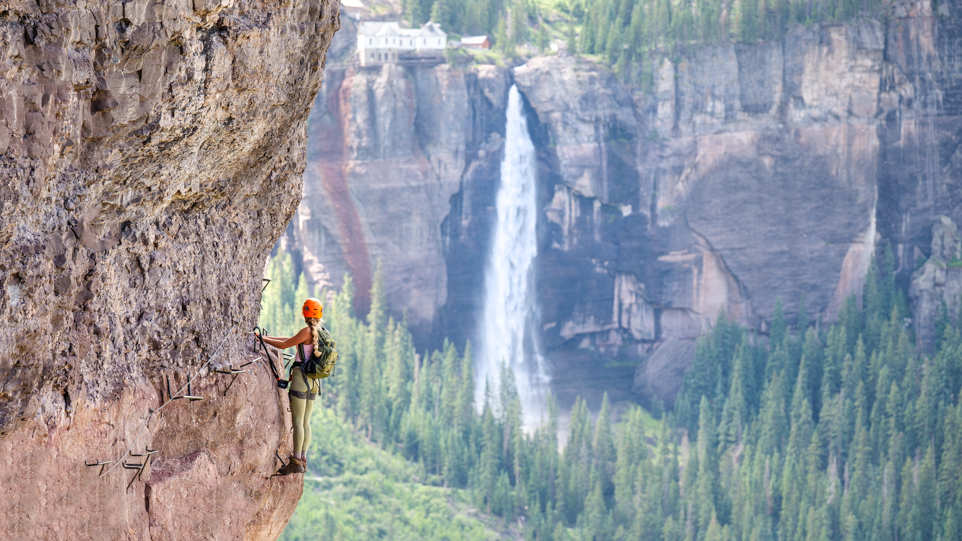
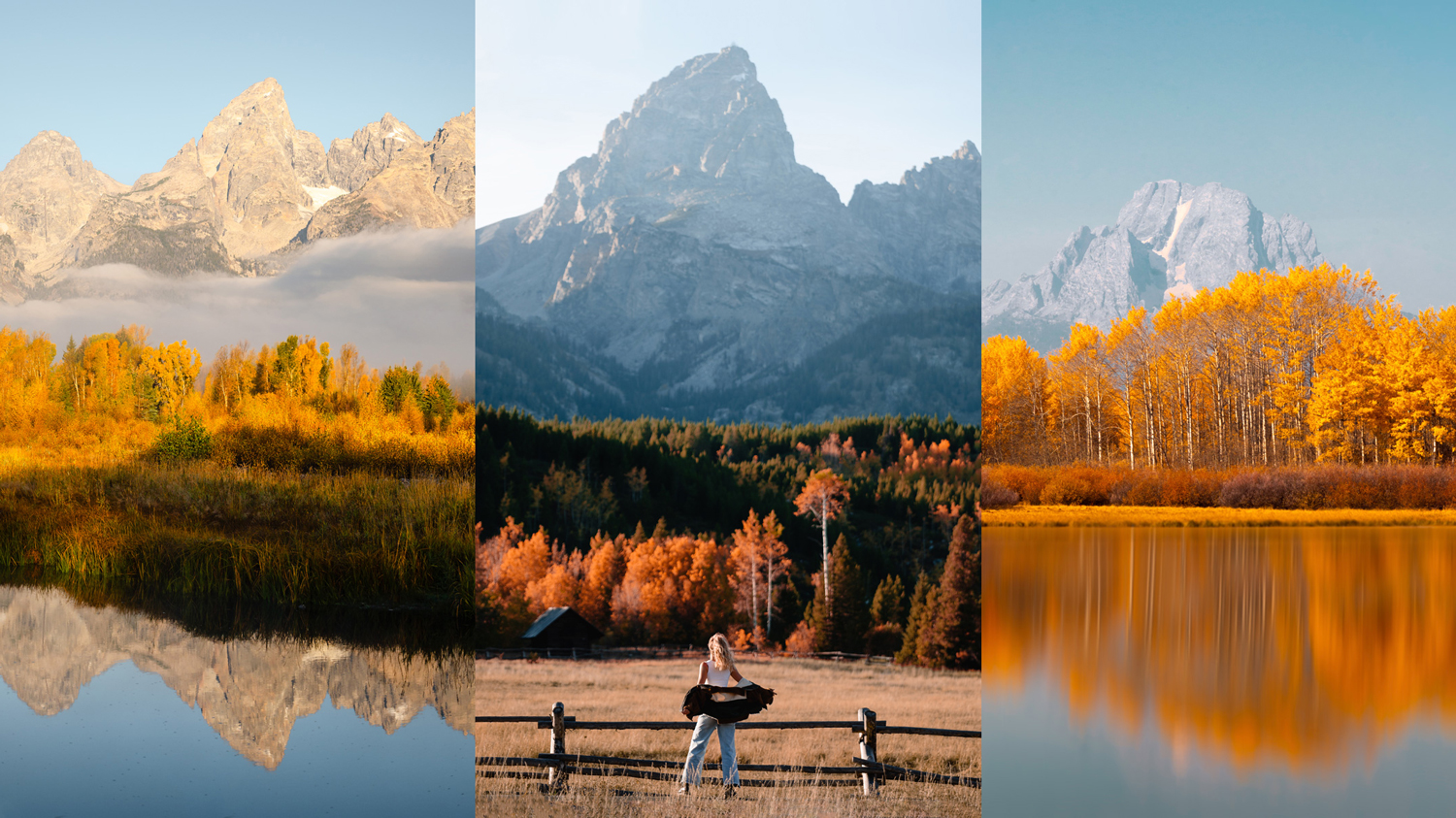
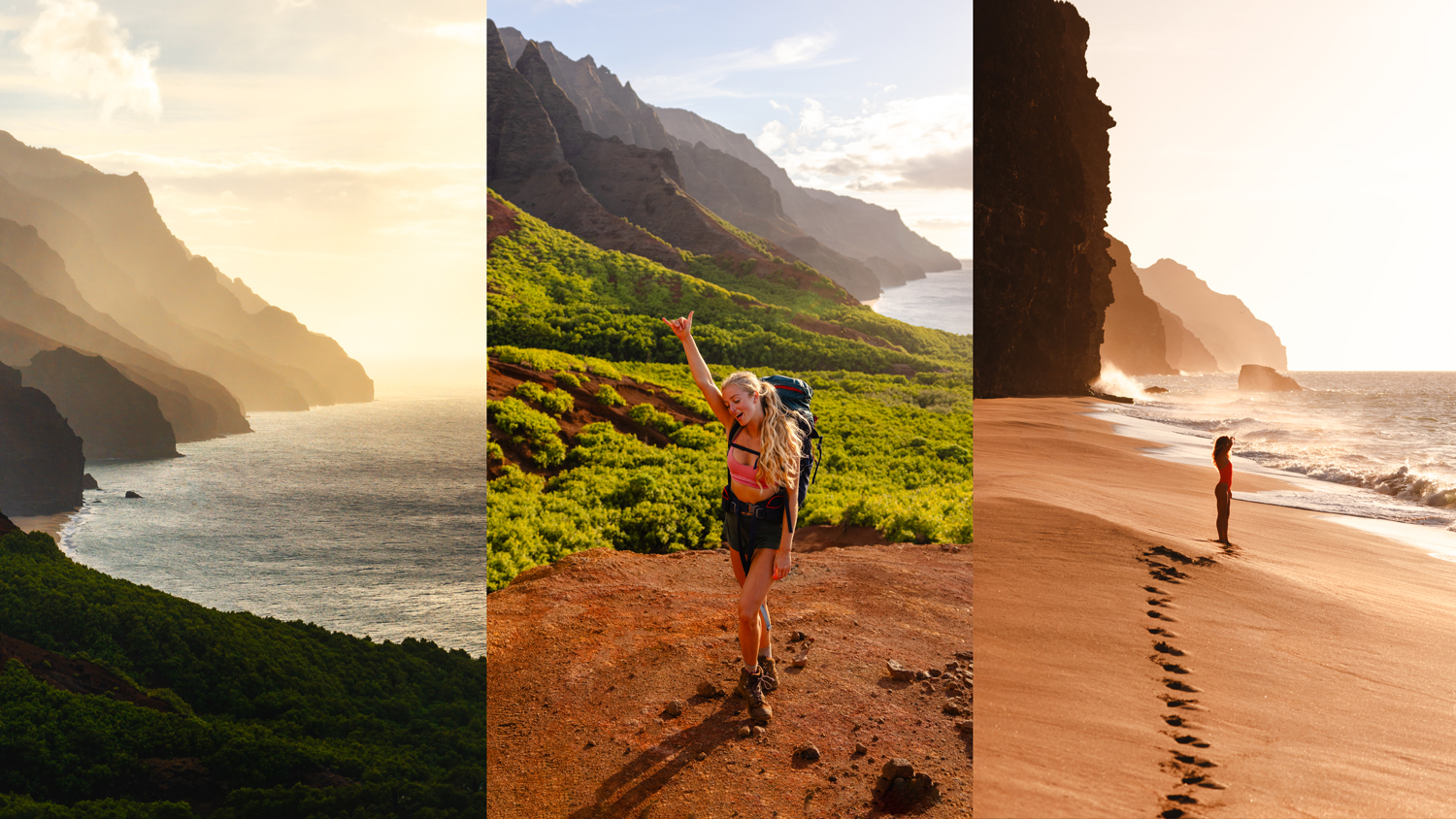
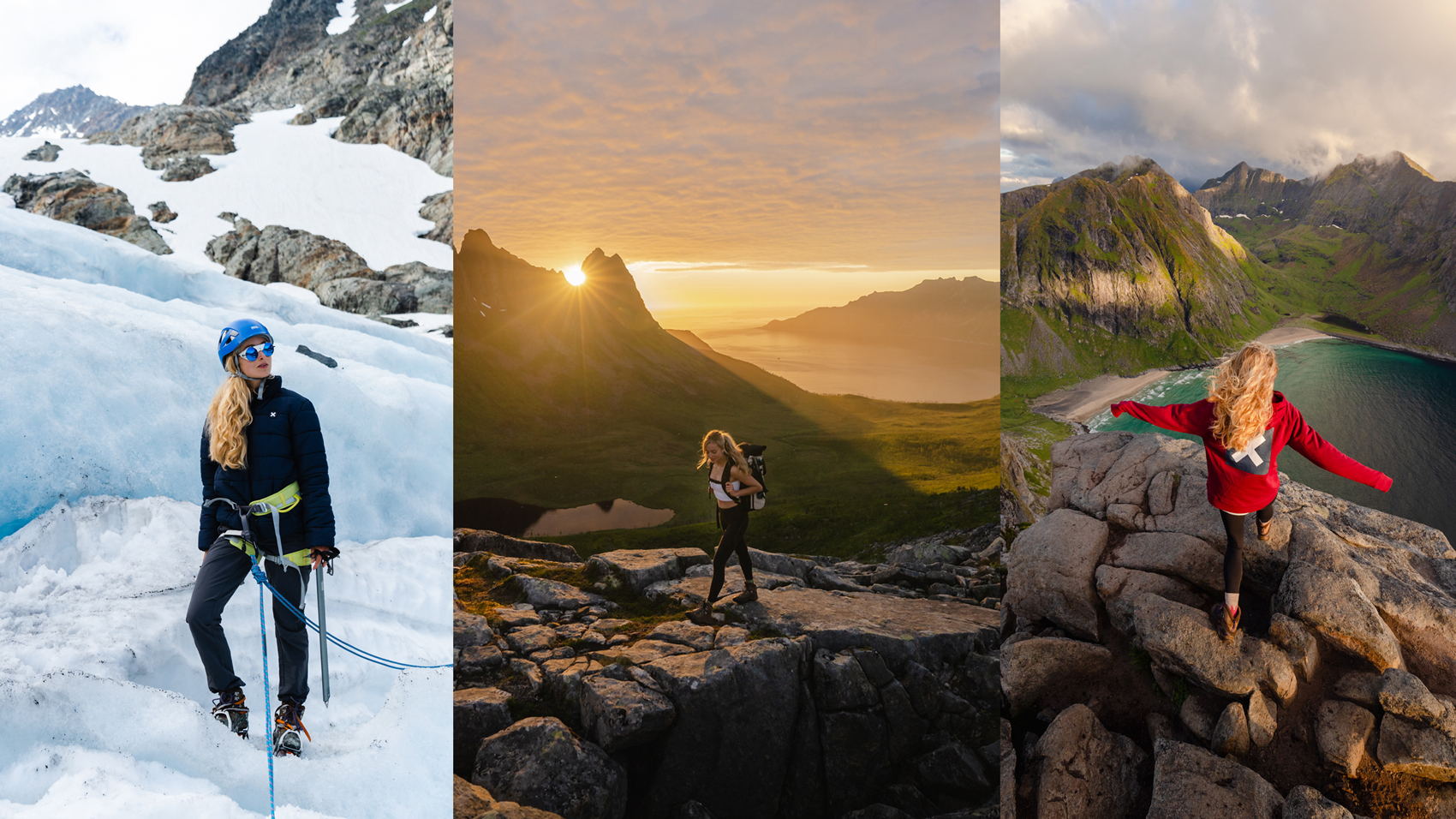
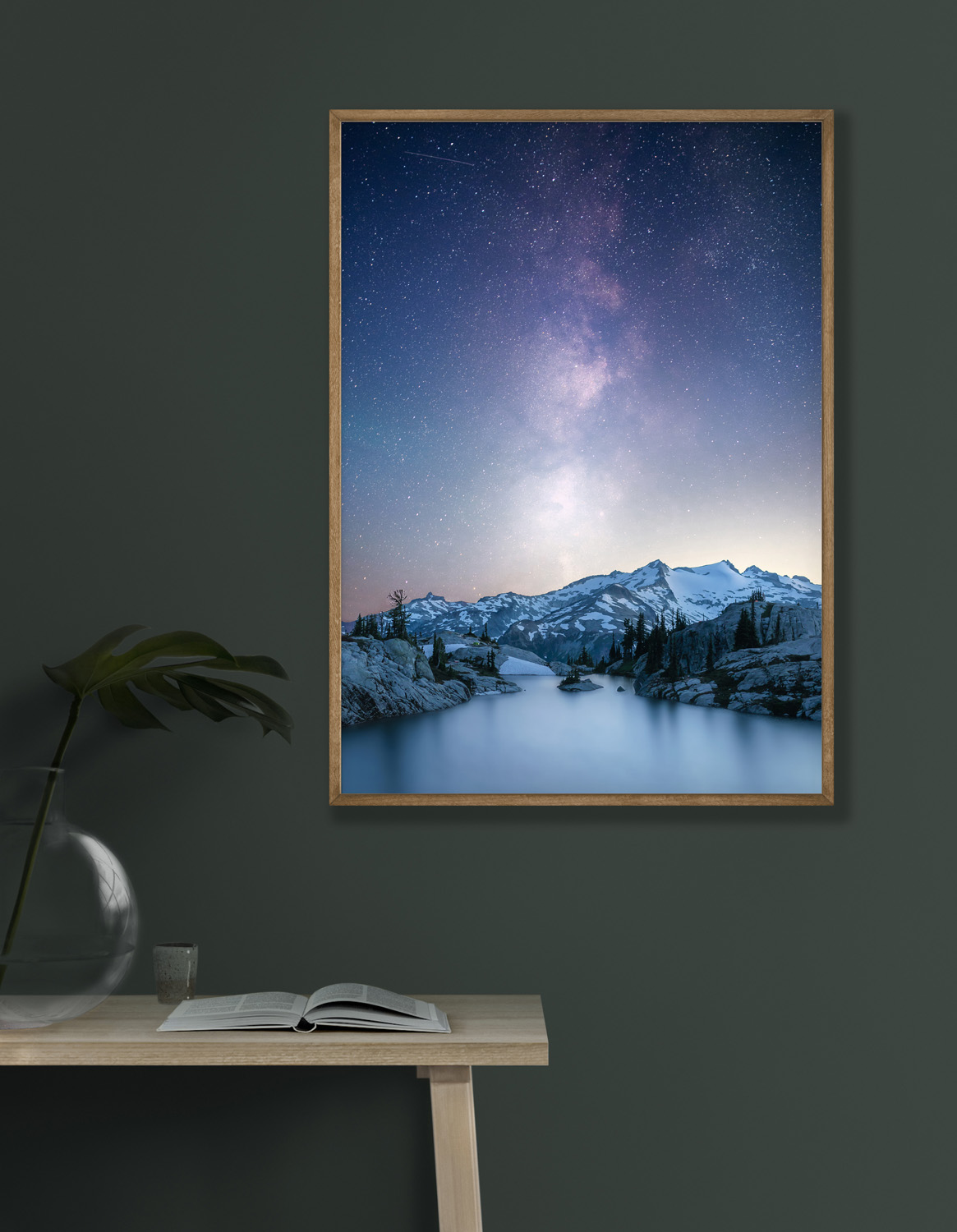
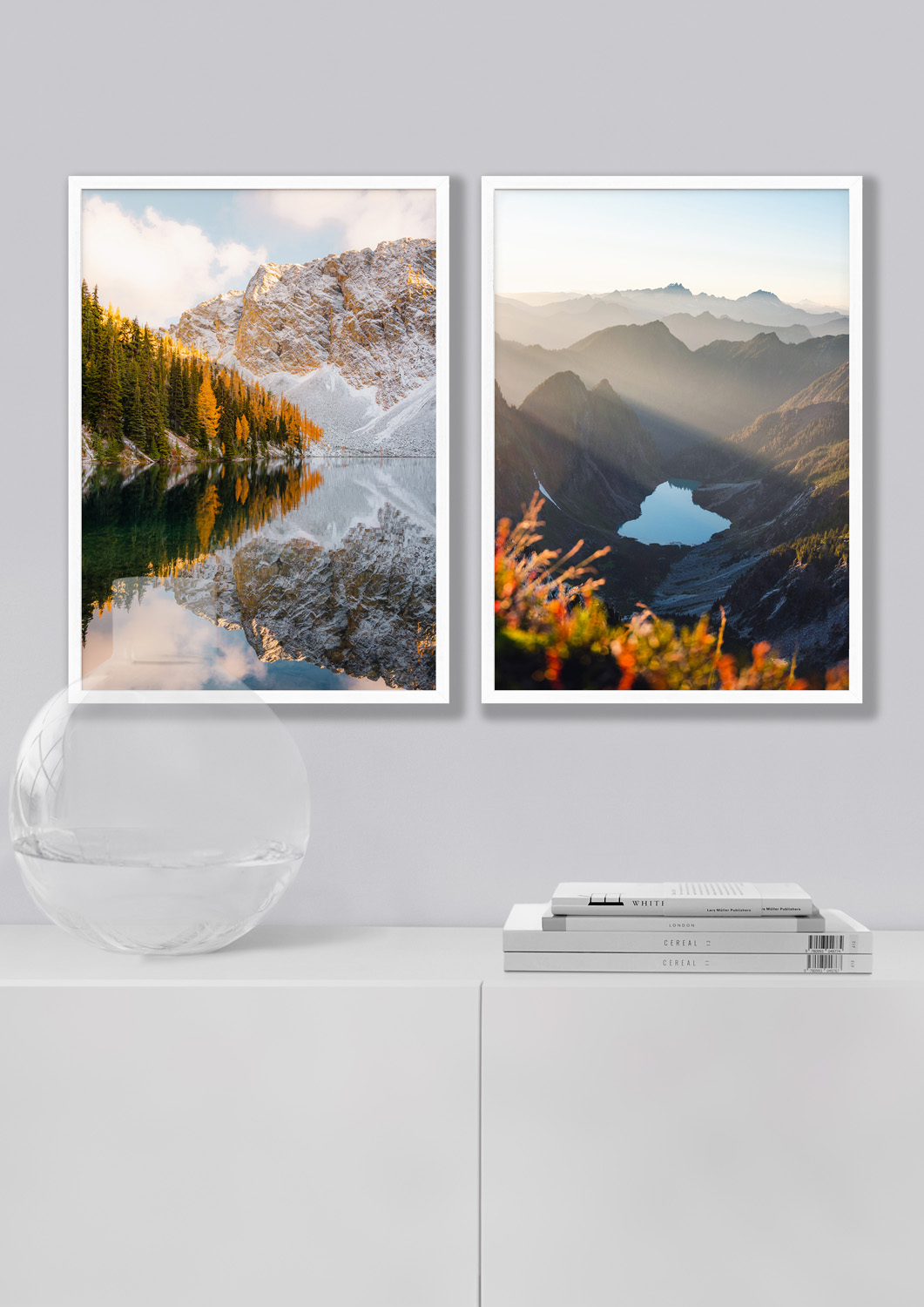
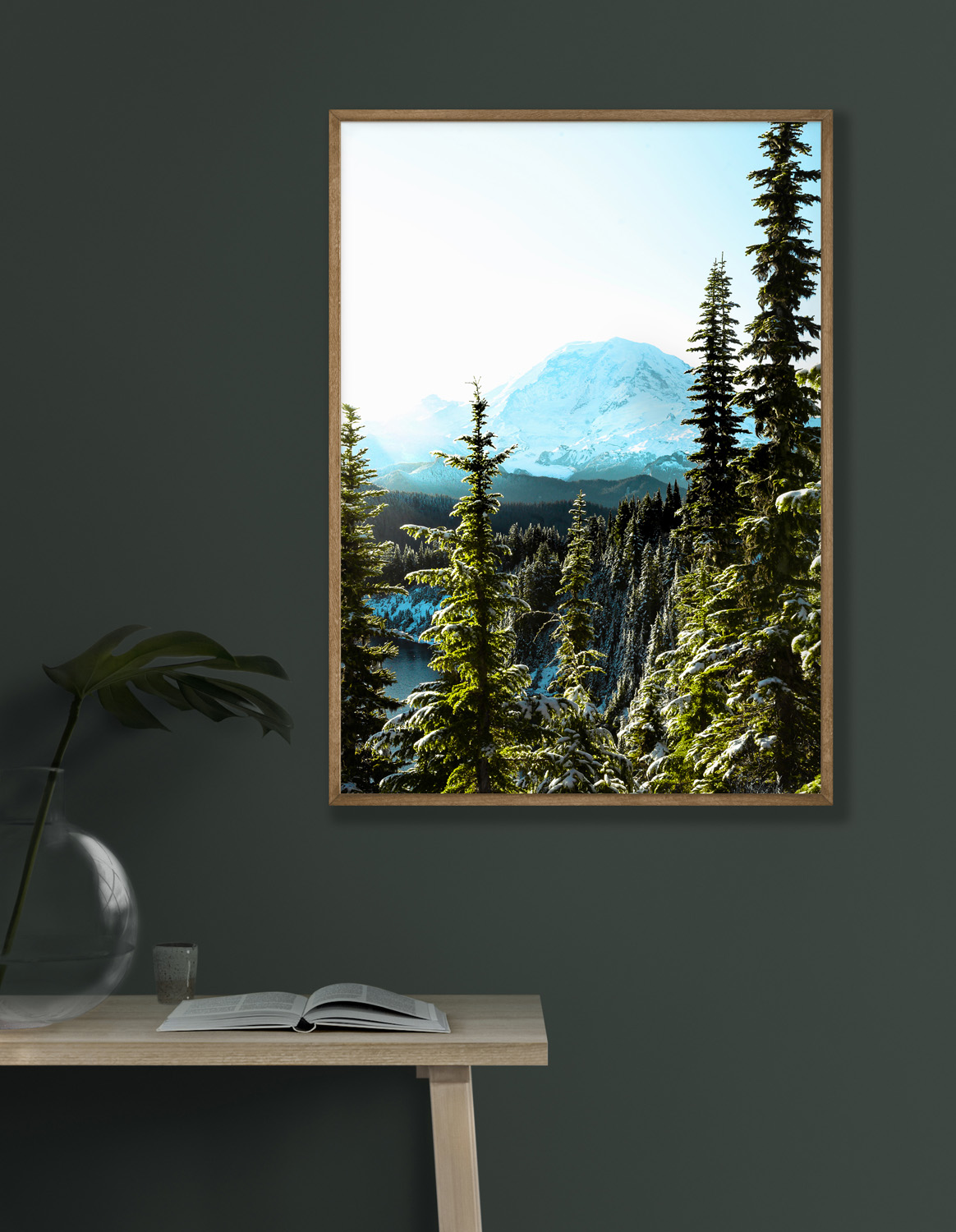

0 Comments